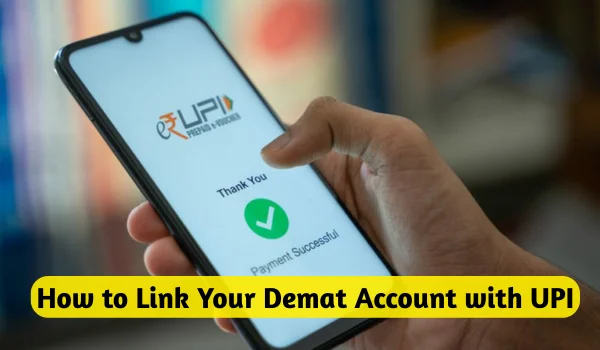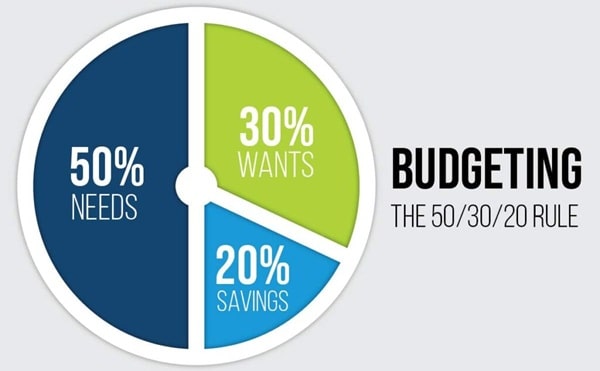In the last few years, it’s been a lot easier for normal investors to buy shares in an IPO. If you’re new to buying stocks, the thought of connecting your demat account to UPI for IPO bidding could seem hard at first. It’s not that hard, though, if you know how to do it. To start, knowing what a trading account is and how depository costs function may help make sure that IPO applications go through without a hitch.
What is a trading account?
The main way to purchase and sell stocks, bonds, mutual funds, and other securities that are listed on the market is through your trading account. You can get guidance from a broker to open one. It links your demat account to your ordinary bank account, which makes it easier to move money when you buy or sell something. The trading account is the official account that keeps track of all your trades, sends you statements on a regular basis, and lets you look at your market positions at any time. You need one to purchase and sell stocks on a recognized exchange. It’s as easy as that.
How to Connect Your UPI Account to Your Demat Account for IPO Applications

When a firm goes public, regular investors can now use their UPI ID to buy shares. This strategy rapidly and safely restricts the number of applications, which is better than having to deal with checks or paperwork. This is how most people do it:
- Put on an app that works with UPI: Google Pay, PhonePe, Paytm, and BHIM are all popular payment apps that you can utilize. Check to see that your account is operating and linked to your bank.
- Go to your broker’s IPO site: Use the information from your most recent trading account to fill out the form.
- Choose the IPO you want to see: Choose the IPO area offering you desire.
- Fill up your UPI ID and any personal information: Fill out the form using your UPI ID and demat account number. It’s really important that you get this right because mistakes can make the application process take longer.
- Send in your application: Follow the steps on your broker’s website.
- In your UPI app, agree to the request for a mandate: Your UPI app will send you a message in a few minutes asking you to agree to the block on funds. The sum you confirm is stuck until the shares are given out.
- Check the status of your application: If you buy shares, they will show up in your demat account. If not, the money that was blocked is released right away, and you don’t have to call anyone.
This is how things are done now, and for most investors, it’s a lot faster and less stressful than how they used to be. You’ll get updates and confirmations right away at every step. This might help you feel better, especially if this is your first time applying for an IPO.
Advantages of Using UPI to Bid on an IPO
- You don’t need any paper; all you need are your phone and a few encrypted screens.
- You don’t have to worry about late payments because the money is blocked immediately away instead of being taken out.
- You will get real-time SMS and app notifications from the time you apply until the allotment is over.
- If you don’t acquire all of your shares or just a fraction of them, UPI will refund you your money back right away.
Understanding Depository Fees
Let’s talk about depository charges, which are also known as DP charges. These are fees that investors don’t always expect. Every time you sell shares from your demat account, your depository participant (DP), which is usually your broker, charges you a fee. Here’s how it works:
- For each sale, CDSL normally charges Rs. 13 and Rs. 5.50.
- For each sale, NSDL usually charges Rs. 13 and Rs. 4.50.
- Your broker may charge you taxes or fees on top of these amounts.
Day trading stocks and trading futures and options don’t have to pay DP expenses because those trades don’t involve shares going into the demat account. You can save money by keeping an eye on these expenditures and establishing a better plan for when to buy and sell.
Handy Table: Steps to Link Demat Account with UPI for IPOs
| Step | Description |
| UPI ID Creation | Set up using mobile app, linked to bank |
| Broker Login | Access IPO section with trading account |
| IPO Selection | Pick IPO, enter relevant details |
| Enter UPI ID | Provide for payment and mandate approval |
| Mandate Approval | Authorize payment request on UPI app |
| Application Tracking | Check status with broker & UPI app |
Last Thoughts
When you connect your demat account to UPI, IPO applications shift from a slow, paper-heavy procedure to a fast, safe digital one. You can regulate equity trades and make expenses clear by studying what your trading account means and keeping an eye on the fees the depository charges. This step-by-step method is becoming more common in India’s digital banking world. If you follow these procedures, it will feel easier and less scary to take part in an IPO.


